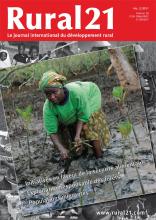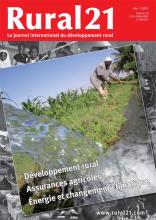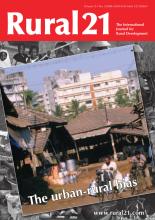Land Library
Welcome to the Land Portal Library. Explore our vast collection of open-access resources (over 74,000) including reports, journal articles, research papers, peer-reviewed publications, legal documents, videos and much more.
/ library resources
Showing items 1 through 9 of 20.This Handbook is a simplified tool for easy operationalization of the Unit Titles Act and the accompanying laws. The Handbook has been divided into six substantive chapters that summarises the required processes, documents and output.
Made under section 77(1) of the Urban Planning Act
L’urbanisation est souvent considérée comme ayant des effets néfastes sur le développement rural. En fait, c’est tout le contraire.
Rural development and urbanisation are often seen as competing, but in most cases are intimately linked. It is essential that policies re? ect and support the many positive links between rural and urban areas, enterprises and people.
More and more young people are leaving the rural areas and migrating to the cities. Although the industrial and the developing nations come from different starting points, such migration ultimately has the same effect on village life and the rural areas everywhere.
Les conditions de vie des populations pauvres conditionnent leur demande en matière de micro-assurance. Ces personnes sont généralement des travailleurs indépendants du secteur informel, illettrés et peu au fait du concept d’assurance.
An Act to amend certain written laws with a view to providing further provisions for mortgage financing.
An Act to provide for the management of the division of buildings into units, clusters, blocks and sections owned individually of co-owned and use ofdesignated areas; to provide for issuance of certificate of unit titles for the individual ownership of the units, clusters, or section of
The early development strategies of both China and India were urban- and industry-focused, discounting the importance of rural development. Despite sweeping reforms in both countries, the urban bias and subsequent spatial disparities still exist today.








